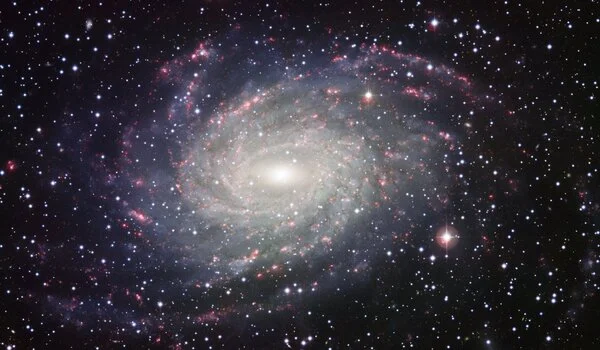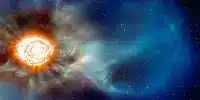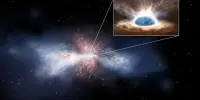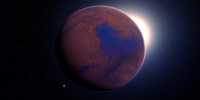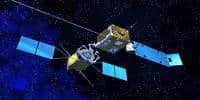NASA has finally gained enough visual access to a nearby galaxy known as Peekaboo, which has been long hidden behind a star, to learn that it is more than just a tease. In spite of being one of the newest galaxies ever discovered, it provides a glimpse into the early cosmos.
Peekaboo, also called HIPASS J1131-31 for romantic reasons, is “very metal impoverished,” just like the earliest known galaxies in the cosmos (XMP). That means it primarily comprises hydrogen and helium and is devoid of the chemical elements that were created after the Big Bang.
The astronomers came to their conclusion by combining Hubble Space Telescope photos with spectroscopic data from the South African Large Telescope (SALT). Only 1,200 light-years across, NASA reported that the venerable Hubble was able to resolve about 60 stars in the young galaxy.
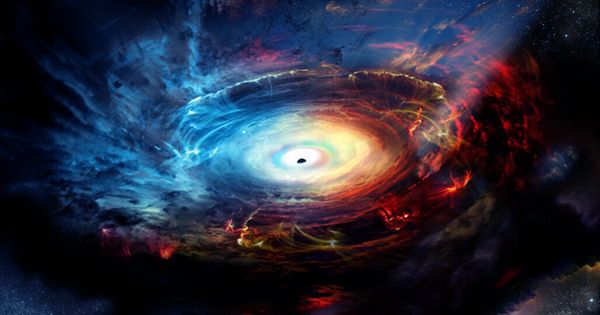
According to NASA, it is an unusual discovery in our local universe, where the majority of galaxies are metal-rich, contain stars that are “many billions of years old,” and “had around 13 billion years of cosmic history to develop.” In contrast, Peekaboo only has stars that are “a few billion” years or possibly younger old.
Even though there are other XMP galaxies in the area, Peekaboo is drawing attention from researchers because of how close it is. Peekaboo is only 20 million light years from the nearest known young XMP galaxies, which are twice as far away.
According to STSI astronomer Gagandeep Anand, who co-authored a new analysis of Peekaboo, “discovering the Peekaboo Galaxy is like discovering a direct window into the past, allowing us to study its extreme environment and stars at a level of detail that is inaccessible in the distant, early universe.”
Peekaboo was discovered by Australian astronomers more than 20 years ago. At the time, it was described as a “dwarf galaxy hidden behind [a star],” and it was predicted to move out of the way “in around 100 years.”
Fortunately, we were able to have a peek at it before that happened, along with its discoverer Bärbel Koribalski. Co-author of the Peekaboo article and astronomer Koribalski from Australia’s national science agency noted that when it was initially discovered in an area of cold hydrogen, there was no way to identify specifics.
“At first we did not realize how special this little galaxy is,” Koribalski told NASA.
Astronomically, any element heavier than hydrogen and helium is referred to as a “metal” (and sometimes lithium). Everything else, which includes nearly all elements, formed in the cores of early stars that likewise lacked those metals. Nothing else was created during the Big Bang.
More recent stars, like our Sun, have metals in greater quantities and in different forms and places, indicating that these metals were produced in later cosmic generations. Peekaboo’s stars may be the closest representation of stars that are comparable in makeup to the earliest stars in the universe since they lack heavy metals.
The basic elements, of which Peekaboo is thought to be composed, would make up population III stars, which we’ve never really seen. Anand told The Register that despite its youth, Peekaboo is still too old to accommodate Population III stars.
Anand noted that compared to the stars seen in Peekaboo, Pop IIIs have lifespans that were only measured in the millions of years.
While the stars in Peekaboo may be youthful compared to the local cosmos, they are sadly not nearly young enough to contain Population III stars.
What we can learn right now, according to Anand, is “shallow” because Hubble’s observations were obtained as part of a snapshot scan of surrounding galaxies rather than as a sole observation of Peekaboo.
The team intends to use both the Hubble Space Telescope and the James Webb Space Telescope to obtain a better, more focused image of Peekaboo as a follow-up. Anand thinks Peekaboo will reveal a lot of fresh knowledge on star populations because of its proximity.
